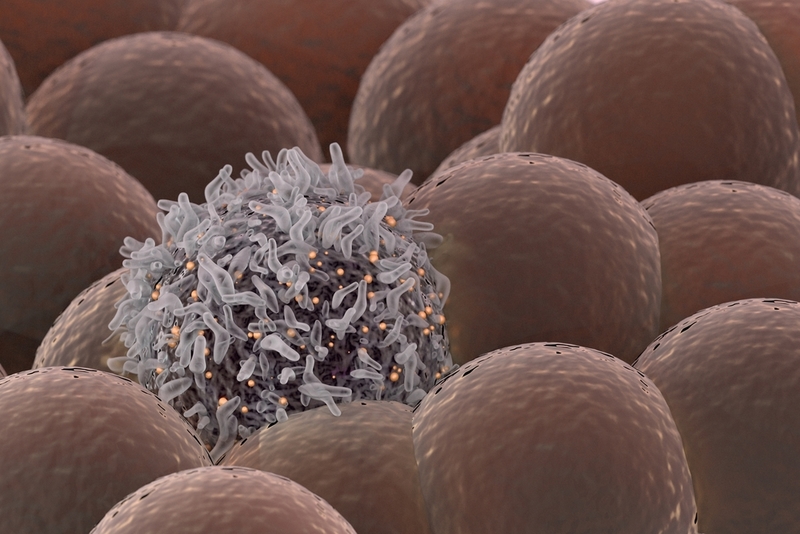Cell migration mechanisms leads to breast cancer spreading to bones, study finds
ANI Jun 08, 2019
A recent study examined the mechanisms of cell migration which further states how breast cancer cells generate and later settle into the bones.

The study was published in the journal, ' Scientific Reports'. Jing Liu, one of the researchers believed that by examining the cancer cells through biophysics, it will be clear how cancer cells generate enough force to move from the primary tumour site through the body. "From a physics point of view, all the cell migration is driven by force," Liu said.
"We really want to discover the force architecture of a cell and deliver the biomechanical and biophysical explanations toward cellular activities. The major focus of our lab is developing imaging methods to physically interpret cancer biology." "We are working with mathematicians and engineers to develop a mathematical model and physical model of the cell migration," he added.
A Forster Resonance Energy Transfer-based tension, or FRET, the sensor was used to monitor the force dynamics during cell movement. The sensor, equipped with FRET molecules, acts like a spring to measure the tiny amount of force that is generated by the cancer cell through focal adhesion and that drives the cell to move. As the cancer cell moves, the spring expands; researchers measure the force by monitoring the change of FRET interactions.
Researchers monitored the mobility of the cancer cells and found that when a cancer cell gets very close to a bone cell, it exhibits low tensions and slow mobility. The researchers hope this finding might lead to clues for how to control -- and eventually, stop -- cell migration. "This gives us a more precise measurement of how fast the cell is moving and where the cell will go to," Liu said.
He further went on to say, "The basic idea is to use imaging as a method to see some of the physical parameters in cancer biology. Instead of only being able to look at millions of cells at time, technology has enabled us to examine a single cell. When the system is going smaller and smaller, the physical parameters inside the biological system become more and more useful and more and more important."
-
Exclusive Write-ups & Webinars by KOLs
-
Daily Quiz by specialty
-
Paid Market Research Surveys
-
Case discussions, News & Journals' summaries